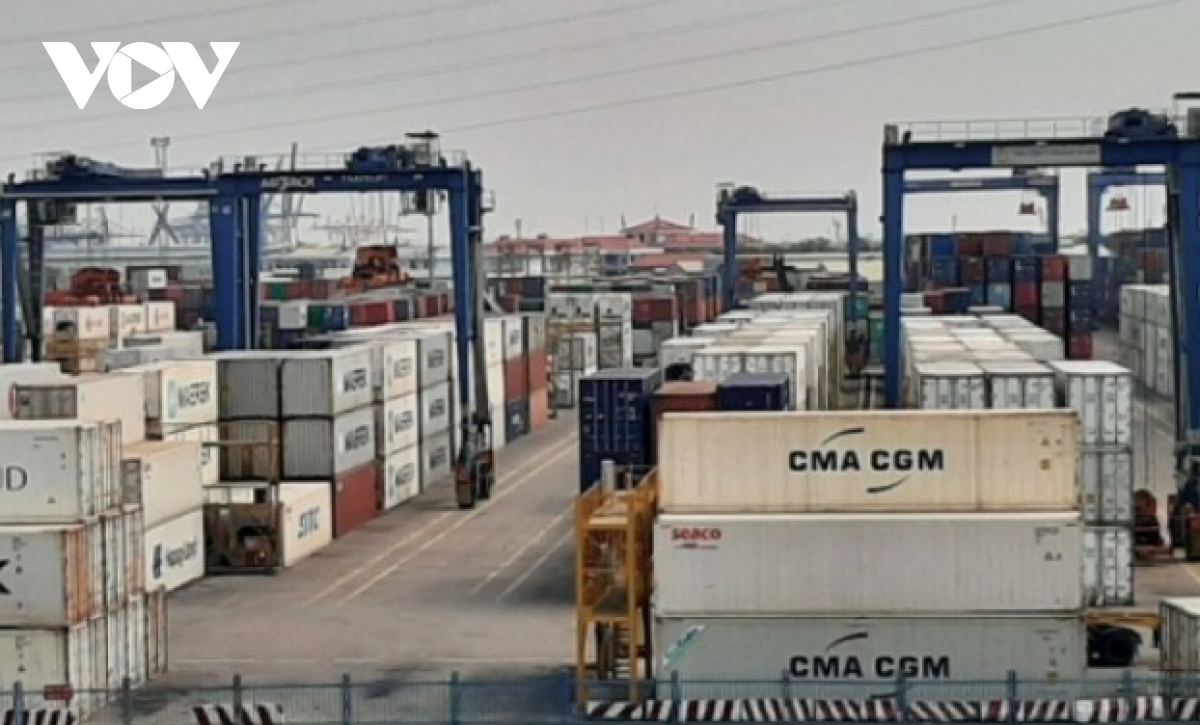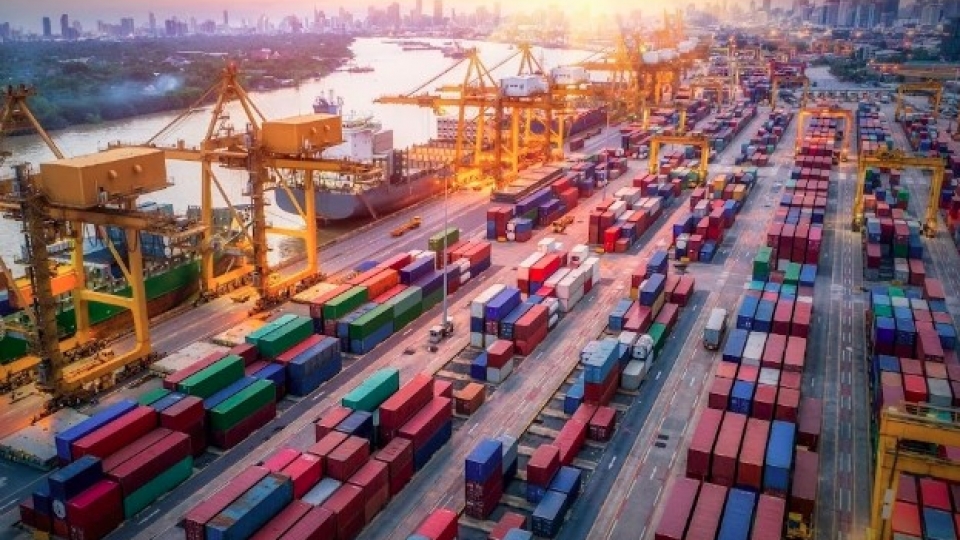Businesses respond with agility to weather global trade shifts
VOV.VN - In response to changes in US tariff policy and global trade instabilities, Vietnamese businesses are making every effort to expand into new markets, bolster exports and stay resilient in the face of global economic fluctuations.
A recent HSBC survey of 5,700 companies worldwide, including 250 in Vietnam, found that most Vietnamese businesses are facing higher costs due to tariff and trade disruptions. Eight in ten respondents reported rising expenses, while supply chain disruptions have directly impacted revenue.
Despite the challenges, confidence remains high. Around 81% of Vietnamese businesses expressed optimism about growth in international markets, and 76% said recent trade uncertainty had motivated them to develop new capabilities and seek fresh opportunities.
The latest Purchasing Managers’ Index (PMI) from S&P Global shows improving business conditions in Vietnam’s manufacturing sector in May 2025, compared to the previous month. To navigate trade uncertainty, many companies are refocusing on the domestic market, while strengthening data analysis, and adopting new technologies.
Vietnam’s trade performance continues to show encouraging signs. According to the Government’s regular meeting in May, the country’s export turnover rose by 14% year-on-year, with a trade surplus estimated at US$4.67 billion. Exports to key markets like China and Japan remained stable, while the Halal market is emerging as a promising new destination.
Surajit Rakshit, Country Head of Global Trade Solutions at HSBC Vietnam, noted that Vietnamese companies have demonstrated resilience and agility in the face of disruption. Still, he laid stress on the need for stronger public support to help businesses develop long-term plans and build greater crisis resistance.
Tapping FTAs and expanding market reach
To meet double-digit export growth targets, the Prime Minister has instructed ministries and businesses to make full use of existing free trade agreements, explore new markets, diversify products and supply chains, and improve product quality and competitiveness.
One notable example of this proactive mindset is the recent shipment of Vietnam’s first low-emission “Green Rice” to Japan. This shipment marked the export debut of a product developed under the 1-million-hectare sustainable rice farming project in the Mekong Delta, aimed at high-quality, low-emission production in line with green growth targets through 2030.
Seven companies have so far received certification to use the “Green Rice” label, representing a total of 19,200 tons, including Trung An High-Tech Agriculture JSC, the exporter of the first batch. The company partnered with Japan’s Murase Group, which provided rice varieties and technical support for cultivation in Vietnam.
Production activity has also shown signs of recovery. According to S&P Global, Vietnam’s manufacturing PMI rebounded to 49.8 points in May, up from 45.6 in April. Andrew Harker, Economics Director at S&P Global Market Intelligence, said tariff developments continue to shape outlooks across the industry.
While May brought a more stable policy environment than April, supporting a pickup in output and improved business sentiment, many producers remain cautious. Companies across sectors are closely watching ongoing negotiations between Vietnam and the US, hoping for more balanced tariffs that could boost production and trade in the months ahead.





